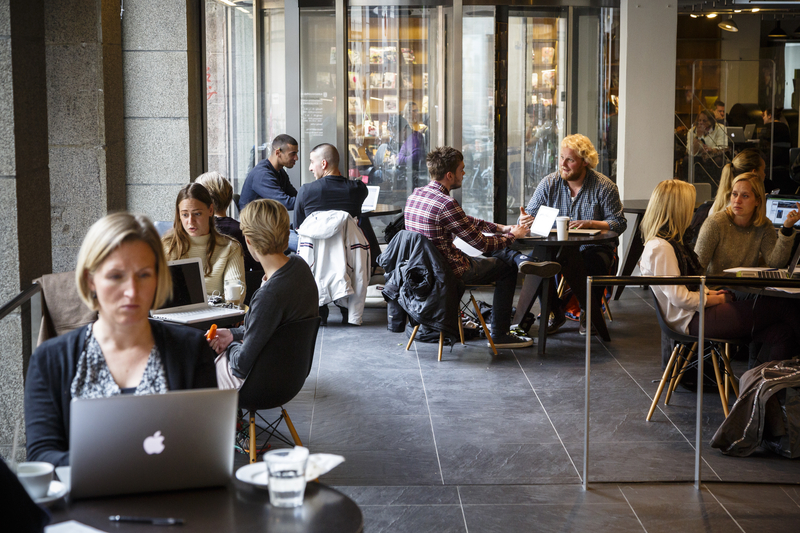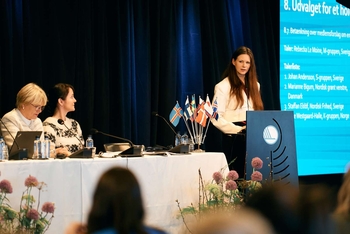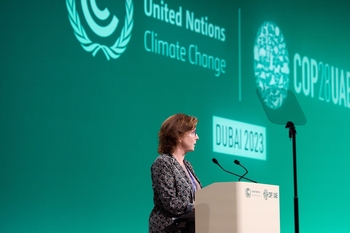50 examples of sustainable consumption and production

The examples, described in three reports, demonstrate a wide array of opportunities and actors that can deliver the necessary change, including public and private sector actors, the research community, NGOs, city planners, and change agents.
Covering themes such as sustainable lifestyles and education, sustainable public procurement, sustainable tourism, consumer information for SCP, sustainable buildings and construction, and sustainable food systems, the solutions presented are directly linked to the UN Environment’s 10-Year Framework Programme.
The newly released batch of Nordic best practices provides success stories and lessons learned on sustainable food systems, as well as sustainable buildings and construction.
As an example, Danish success in advancing organic agriculture and introducing insects as sustainable food is highlighted. Innovative examples from Iceland, Finland, Sweden and Norway showcase how making use of more sustainable construction materials, such as wood, and/or applying ecosystem-based approaches in building design and city planning, can tangibly advance climate compatible development.
Encouraging the up-scaling of action
The best-practice examples have been selected from a variety of Nordic cases by Gaia Consulting and the Nordic Council of Ministers’ working group on SCP.
“The Nordic countries have actively and successfully worked on various national and international forums to prevent resource scarcity and unsustainable exploitation of natural resources. Also, the Nordic countries have been able to identify and put into practice a number of innovative partnerships that harness the expertise and business potential of the private sector for a shift toward more sustainable consumption and production patterns. There remains, however, considerable room for accelerated action in Nordic countries as well as internationally, and these examples should help encourage and urgently up-scale such action,” says Mikko Halonen of Gaia Consulting.
All cases from the three Nordic studies have also been published in UN Environment’s 10-Year Framework Programme (10YFP) information platform, the SCP Clearinghouse.




